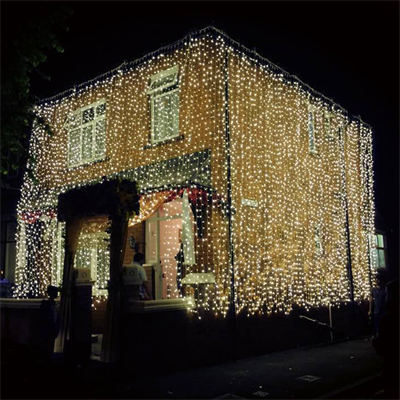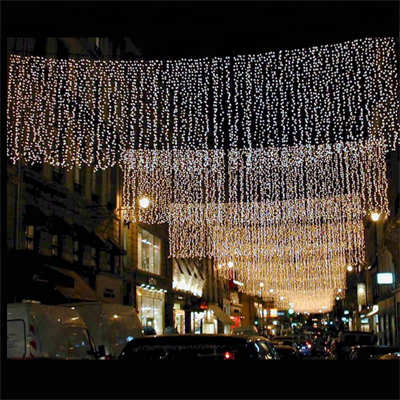The evolution of smart Christmas lights mirrors the broader development of smart home technology. Over the years, these lights have become more sophisticated, customizable, and convenient. Here’s a timeline outlining the key stages in the evolution of smart Christmas lights:
- Early 2000s – Introduction of LED Lights: The use of energy-efficient LED lights became more common for Christmas decorations. LED lights were not initially “smart” but offered greater durability and energy savings compared to traditional incandescent bulbs.
- Mid-2000s – Remote Control and Timers: Remote control systems and timers allowed users to turn their Christmas lights on and off at set times, offering basic automation and convenience.
- Late 2000s – Bluetooth and Smartphone Apps: Manufacturers introduced Christmas lights that could be controlled via Bluetooth connections and smartphone apps. Users could adjust colors, patterns, and timing through their mobile devices.
- Early 2010s – Wi-Fi Integration: Smart Christmas lights started integrating Wi-Fi connectivity, allowing users to control them remotely from anywhere with an internet connection. This was a significant step toward greater automation and control.
- 2012 – Introduction of RGB LEDs: RGB (Red, Green, Blue) LEDs allowed users to create millions of color combinations, enabling more vibrant and creative lighting displays.
- 2015 – Voice Control: Integration with voice-activated assistants like Amazon Alexa and Google Assistant became increasingly common. Users could control their Christmas lights by simply issuing voice commands.
- 2016 – Integration with Smart Home Ecosystems: Smart Christmas lights began to be integrated into broader smart home ecosystems, allowing for synchronized control with other smart devices and scenes. This integration further enhanced the automation and convenience of Christmas light displays.
- 2017 – Music Sync: Some smart Christmas lights gained the ability to sync with music, creating dynamic lighting displays that danced to the beat of the music.
- 2018 – Increased Compatibility: Manufacturers started making their smart Christmas lights compatible with a wider range of platforms, including Apple HomeKit, SmartThings, and more.
- 2019 – Advanced Effects and Animations: Manufacturers began offering more advanced lighting effects and animations, such as cascading lights and motion effects, providing users with even greater creative possibilities.
- 2020s – Continued Integration and Customization: The 2020s saw further integration with smart home ecosystems, increased customization options, and the introduction of features like camera integration for motion detection and monitoring.
- 2021 and Beyond – Sustainability and Energy Efficiency: As sustainability becomes a greater concern, manufacturers have started to produce smart Christmas lights that are more energy-efficient and eco-friendly, using materials that are easier to recycle.
- Innovation in Form Factors: Manufacturers are continually experimenting with different form factors, including string lights, icicle lights, projection lights, and more, to offer users a wide variety of choices for their holiday displays.
- International Expansion: The adoption of smart Christmas lights has expanded beyond North America and Europe, becoming increasingly popular in countries where Christmas is not traditionally celebrated.
Overall, the evolution of smart Christmas lights has been marked by increasing convenience, customization, and integration with other smart home devices. As technology continues to advance, we can expect even more innovative features and options for creating dazzling holiday light displays in the future.
























